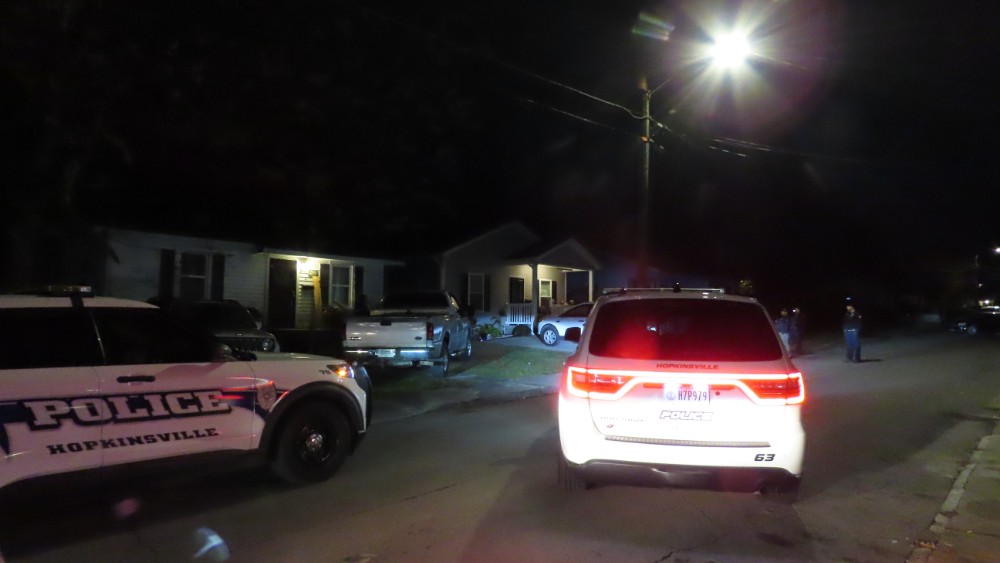
In the last five years, and particularly the last six months, the Pennyrile region has experienced its seemingly unfair share of poor weather and natural disasters.
Each time something destructive occurs, local authorities log everything in order to be better prepared for the potential of future problems.
During Monday’s Pennyrile Area Development District session in Hopkinsville, this very playbook — updated every five years and eventually approved by FEMA — was discussed by Infrastructure Coordinator Kyle Cunningham and Community & Economic Development Associate Director Amy Frogue.
Last updated in 2016 and referred to as the Pennyrile Region Hazard Mitigation Plan, Cunningham noted now is the time for a new and improved manual, in what’s over the years become a comprehensive 475-page document applicable to the PADD’s nine-county, 33-city service area.
And it’s a collaborative effort. Cunningham added that there’s considerable need for feedback on the plan from both the public and local government officials.
Cunningham said the updating began nearly 18 months ago, and when that work escalated over the last eight months, former Geographic Information Systems manager and PADD retiree Pat Lee was called back in for expertise and assistance.
Filled with hundreds of informative tables, charts, graphs and maps, Cunningham said PADD has already been meeting with authorities from within the district over these months — in order to better prepare a storm events database, and assess vulnerability and risk for earthquakes, fires, floods, tornadoes and other natural disasters.
Frogue reiterated the fact that local municipalities — including city mayors and judge-executives — need to report any ongoing grants and applications that fit in this process, including those for tornado shelters, severe weather sirens, specific first-responder equipment and the like.
Once the plan is ratified by all, or close to all, of the nine counties and 33 cities, a final master document can be submitted to FEMA headquarters, where they can approve or deny the plan.
A copy of the draft mitigation hazard plan can be found online at peadd.org. Comments and concerns can be submitted by email to amy.frogue@ky.gov and kyle.cunningham@ky.gov.







